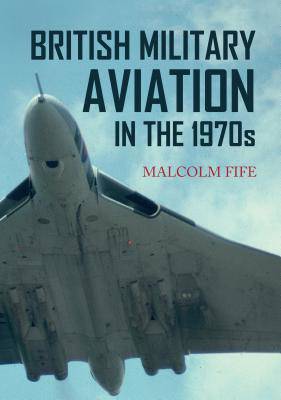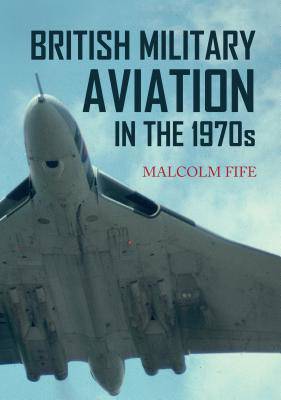
En raison d'une grêve chez bpost, votre commande pourrait être retardée. Vous avez besoin d’un livre rapidement ? Nos magasins vous accueillent à bras ouverts !
- Retrait gratuit dans votre magasin Club
- 7.000.000 titres dans notre catalogue
- Payer en toute sécurité
- Toujours un magasin près de chez vous
En raison de la grêve chez bpost, votre commande pourrait être retardée. Vous avez besoin d’un livre rapidement ? Nos magasins vous accueillent à bras ouverts !
- Retrait gratuit dans votre magasin Club
- 7.000.0000 titres dans notre catalogue
- Payer en toute sécurité
- Toujours un magasin près de chez vous
Description
The 1970s were a decade of great change for Britain's military air arms. The RAF handed over the role of operating Britain's nuclear deterrent to the Royal Navy in 1969. Its primary role once again became that of providing battlefield and tactical support. For this, new aircraft in the form of Jageurs and Harriers joined the ranks of the RAF. Nimrods replaced Shackletons in guarding Britain's seaways. Several older types were phased out of service including the Belfast, Britannia and Comet. Many other aircraft, however, which were in service in the 1960s lingered on throughout the following decades. The world of the RAF also grew smaller with the withdrawal of the forces east of Suez. The Royal Navy also had its wings clipped in the 1970s with the retirement of its last large aircraft carrier for fixed wing aircraft. In its place the vertical take-off and landing Sea Harrier was delivered to the Fleet Air Arm. Helicopters now had a more dominant role. Sea Kings and Wasps operated from nearly all the Royal Navy's warships. Unlike the other two air arms, the Army Air Corps saw its role expanded in the 1970s. It changed from purely providing support to a role of an offensive nature. Large numbers of new helicopters equipped in squadrons in the form of the Lynx and Gazelle which were capable of being armed. A small number of fixed wing aircraft were also on strength. The Americans who first established air bases in Britain in the Second World War still retained a large number of combat aircraft in the country. Phantoms and the larger F-111 countered a potential Russian threat when the Cold War was at its height. In this book, Malcolm Fife uses his wonderful collection of photographs to display many of the military aircraft types that could be seen in British skies during the 1970s.
Spécifications
Parties prenantes
- Auteur(s) :
- Editeur:
Contenu
- Nombre de pages :
- 96
- Langue:
- Anglais
Caractéristiques
- EAN:
- 9781445652818
- Date de parution :
- 15-02-16
- Format:
- Livre broché
- Format numérique:
- Trade paperback (VS)
- Dimensions :
- 165 mm x 231 mm
- Poids :
- 226 g

Les avis
Nous publions uniquement les avis qui respectent les conditions requises. Consultez nos conditions pour les avis.






